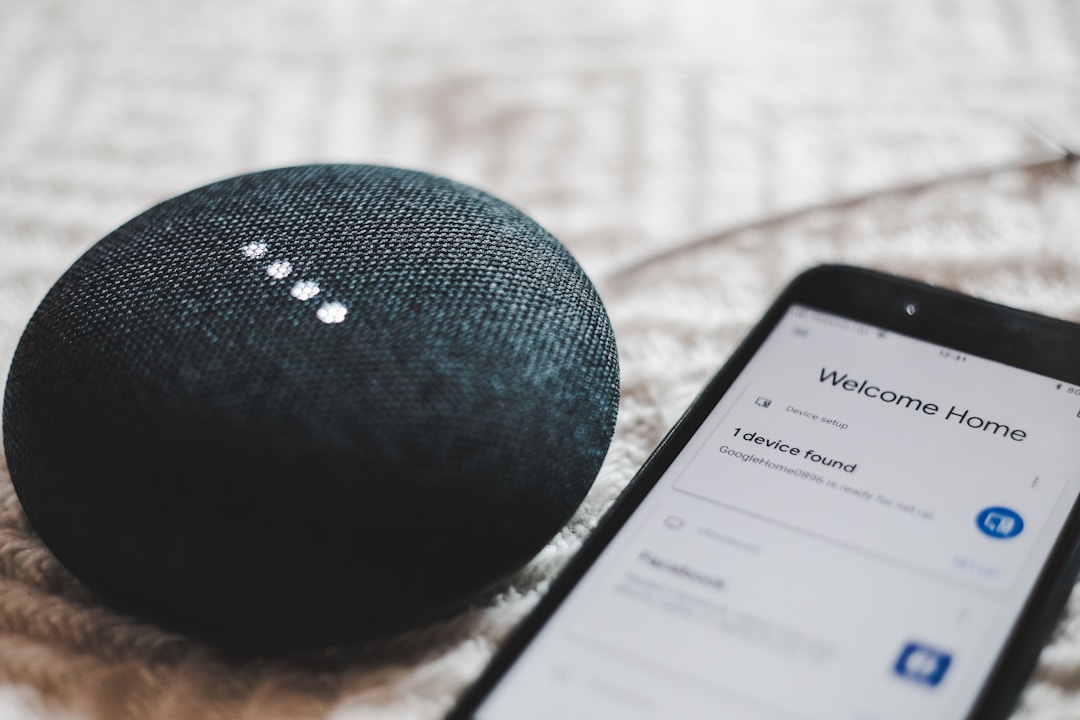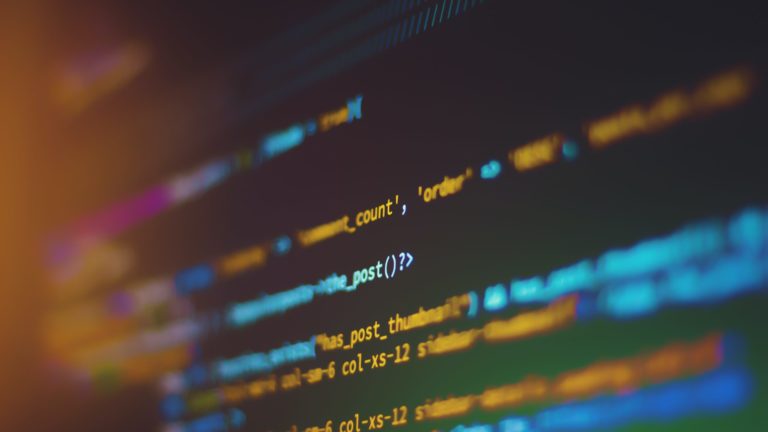Like several programming languages, Python can utilize control systems to help users manage and regulate disparate devices. These control systems can also adjust device behavior and address state changes. This allows for greater data control and enables Python applications for more practical uses.
From on-premises security systems to home automation tools, concepts like NumPy, SciPy, and logistic regression make it easier than ever to apply the language to control systems for network-wide benefits. Here’s what you need to know.
Open-source Python apps benefit home automation.

Python-based home automation servers continue to grow in popularity. Many of these automation servers squarely emphasize the value of both local control and privacy. Of course, home automation tools are nothing if not small-scale control systems. These systems interfaces with all of your connected devices, often offering the user a single management point for each interfaced application. Popular Python applications take this a step further. Instead of depending on a managed application or a branded control system, you can create your own home automation network with a Raspberry Pi.
There are even guides that can help you develop your home automation network. If you’re interested in smart home technology, but you have general privacy concerns, or you don’t like the fact that many aftermarket applications wrest control from the end-user, you’re probably going to enjoy the benefits of open-source Python-based home automation. While this might require a fair bit more technical know-how, it offers the greatest amount of flexibility and user input. For homeowners with the time, patience, and technical aptitude, this could be the ideal DIY project.
Python works in security control systems.

In many applications, both radio frequency identification datasets and NFC technology depend on Python algorithms. RFID readers and chip cards follow parameters for access control and tighter security. Python allows you to set different hardware functions, develop passive RFID tags, and leverage near-field communication and machine learning. While you may need a tutorial for some of these concepts, it’s easy to see how they actively aid security control systems. As an extension of the ongoing debate surrounding NFC vs RFID, code compatibility is a major factor. Luckily, it’s possible to use Python and a Raspberry Pi to write chip cards and interface with both NFC and RFID tags with the right modules. The code can also benefit access control systems and door openers.
By leveraging Python for your active tags, mobile device authentication, chip cards, and readers, you’re able to use logistic data sets to maintain on-premises security systems. Though this doesn’t directly answer whether RFID technology or NFC tags are the better options, it does show how the programming language enhances your security options and creates a stronger sense of access control.
Python has numerous control system applications.
Though you may need a tutorial or two to understand logistic regression in python, NumPy, and a sigmoid function, it’s less complicated to see how valuable Python is to control systems as a whole. With the right data frame, you’re able to manage devices and regulate their behavior more accurately. While this often relates to small-scale applications such as home automation, Python can work in enterprise security control systems, complex-wide automation efforts, and more.
Since control systems and IoT devices are becoming the new standard for several industries, it’s important to understand what powers them and how they operate. Especially if you want higher degrees of control, privacy, and flexibility, it’s in your best interest to learn how the Python language can positively impact your control systems and potentially save you money. There are always ways Python can aid your systems, from card emulation and access control to device applications for inventory management and mobile payments.

